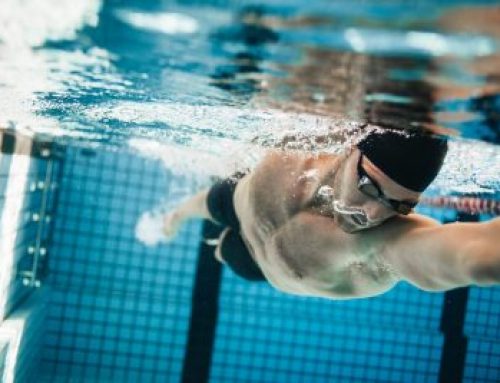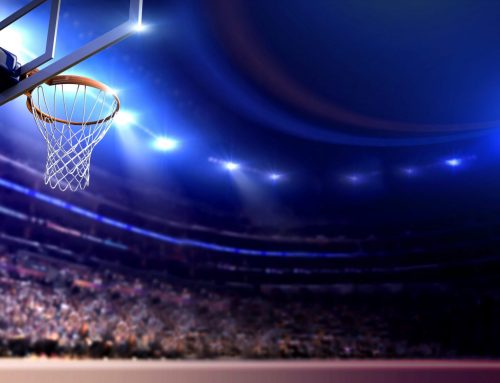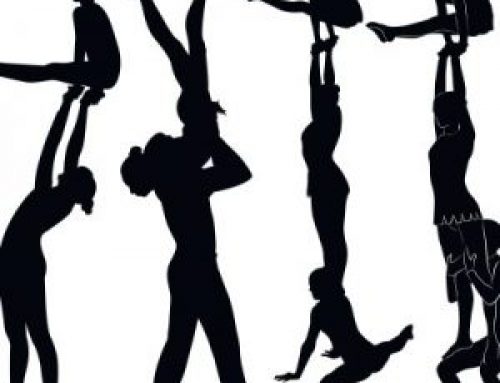If you take some time off this winter, that doesn’t mean that you have to stop training altogether. Serious sailors do physical conditioning in the off-season, but what about mental conditioning? One skill I frequently tackle with sailors is mental imagery…seeing in your mind’s eye what it is you want to do, whether it’s big picture strategy, sailing new venues, remembering old venues, overcoming adversity, boat on boat tactics, or boat speed and boat handling. Good imagery is not just visual. Like a good book, it vividly taps into all the senses. Imagery combined with long exhales is also a good way to rehearse being habitually amped enough to focus without drowning in anxiety.
There’s no substitute for actual practice, but adding imagery to your regimen can help. Classic sport psych experiments show us this— Folks perform better with physical practice than with no practice, better with imaginary practice than with no practice, but best when combining physical practice with imaginary practice. The old school approach to imagery is to close your eyes and either self-generate images or be guided through self-generating images with a recorded script. One problem with self-generated images, however, is that your brain doesn’t have to generate images nearly as often during actual racing. Sure, there are times when you soak up the scene in front of you, quickly size up what you see, and create an image to work with. For instance, Lightning World Champion Geoff Becker says that he has honed the ability to take a mental snapshot of what he sees on a race course leg, quickly creating a moving aerial view in his mind- so that he’s able to clearly see how things will play out. Starts and mark roundings are other places where momentary/spontaneous on-the-water imagery can help with making sound, fast tactical decisions. But much of successful racing boils down to habitually being present with what’s in front of you, rather than generating images of the past or future.
How can you train your mind to focus on what’s most relevant? Off-the-water imagery training can make it a habit. Sometimes, using a whiteboard or notebook for strategy/tactics, or video for boathandling, can help make an image more vivid. And most any prop can be used. Many years ago, when Annapolitan Robbie Deane went off to sail for Boston University, he reported learning breakthroughs through dialogue with coach and teammates in between billiard games, where pool balls represented “sailboats.” This helped him develop that knack for being able to “see” tactical situations via an aerial view.
Twelve years ago, for my dissertation, I created “video-imagery,” whereby sailors could watch sailing video while also listening to an imagery script. The video uses both a 3rd person (from the coach boat) and a 1st person (from the sailor’s head) perspective. The viewer is able to passively soak up some material (like we do in real life), while memorizing what to reproduce, hopefully with less mental effort, through imagery. Sailors are encouraged to then use it with eyes closed, listening to a script with fewer words. We found that sailors had more confidence in this approach than with the old school method, and we found that with both imagery approaches, sailors’ imagery ability improved after just a few sessions. That’s what research showed us, but we can get creative with mental training, basing best guess innovations on what science has shown us so far.
In 2004 to get the footage, I was duct-taping a video-camera in a dry bag onto a snowboarding helmet, and my technique was “cutting edge.” Now, in this era of GoPro cameras on the boat, and filming from drones above, getting images of what happened around the race course is easier than ever! Fancy software like RaceQs can allow us to visually review how a race went tactically, moment to moment. With the video-game SailX, we can also practice having to make quick tactical decisions, and learn from good or bad consequences. These tools can be combined with aspects of old school imagery. As you watch replays of inside the boat or from above, you can engage what you see as if you’re doing it yourself right now, “feeling” the actions such as driving, or communicating to the helmsperson, and experiencing all the sights, sounds, and smells that make it feel a little more real. Even better, you can pause it and practice many more imagery repetitions of how you wanted it to play out (rather than how it actually went), to drill in what you’re learning.
You can even take it a step further with exercise. Consider Jimmy Spithill’s quote, “…if you can’t anticipate and make decisions under stress and exhaustion and think ahead, then you won’t be able to cut it.” We’ve moved a long way from billiard balls and duct taped cameras. Try some video-imagery with your smartphone at the gym. Or with a small laptop, why not have some SailX time on the exercise bike, to practice making good decisions while fatigued. Just like I did with video-imagery in 2004, you can think outside the box in 2016-17.
Dr. Tim Herzog is a Mental Performance Coach (reachingahead.com) and a former college coach.
Article first published in SpinSheet Magazine, December 2016.







Leave a Reply